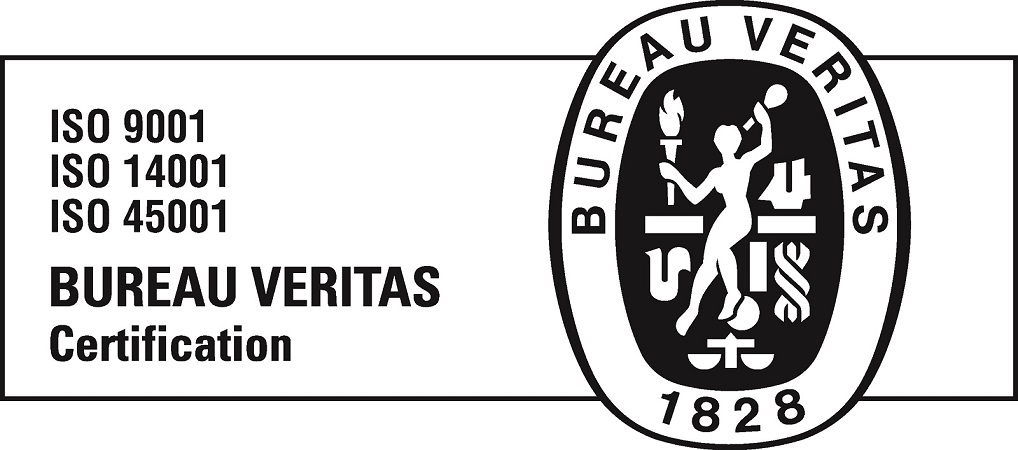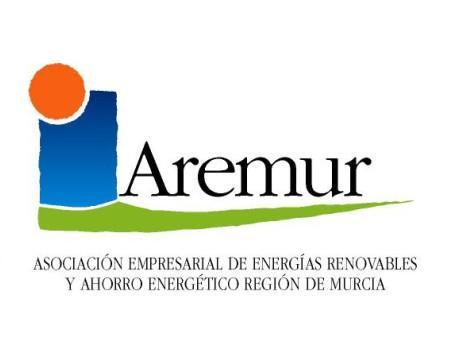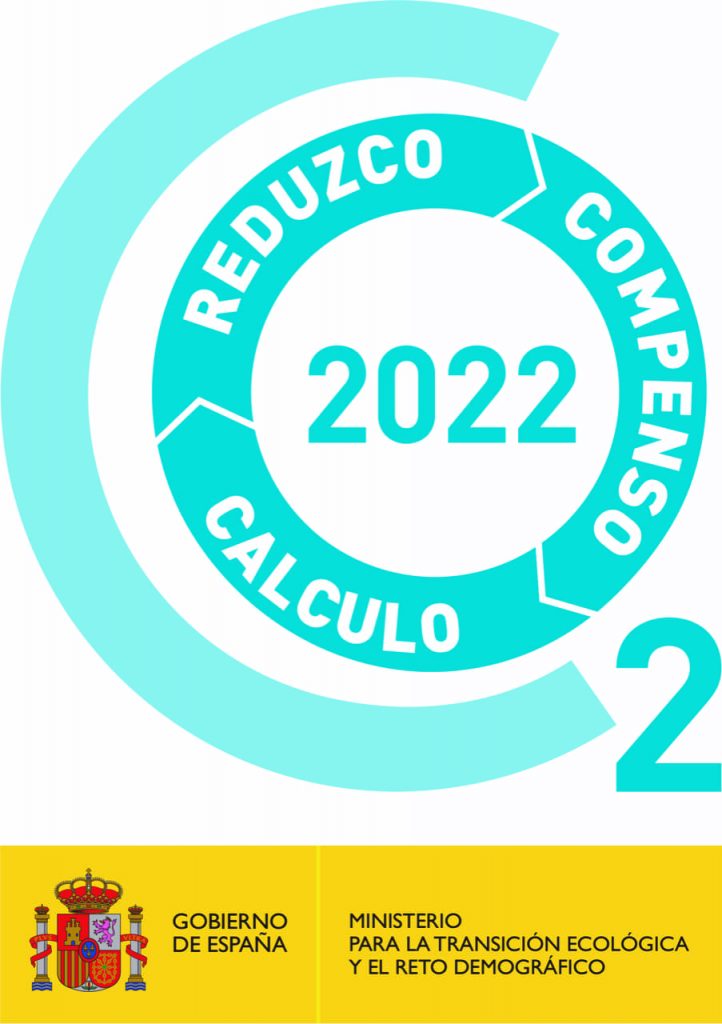




© 2023 RDS. All rights reserved. Designed and developed by delefant
The boom and exponential growth of solar energy is unquestionable, becoming one of the major trends of recent years. Solar panels have become one of the most modern and effective systems that we can use to take advantage of renewable and non-polluting energies.
Solar panels were invented with the aim of autonomously powering satellite communication equipment. Since then, they have evolved by reducing their design and increasing their performance.
Nowadays, we can find a multitude of solar panels, of which, we are going to highlight two types of solar panels, with their characteristics and differences.
At RDS we are going to explain the difference between photovoltaic solar panels and thermal panels. Let’s go on!
Table of Contents
ToggleThey are solar panels designed to obtain energy through direct solar radiation. The energy received is transformed into electricity by making use of the conductive materials made from photovoltaic cells.
Depending on the type of installation, there are two types of photovoltaic solar panels:
These are photovoltaic solar panels installed in those geographical areas where the conventional electricity grid does not reach. In the absence of this electricity supply, it is necessary to have a battery to store the energy.
These are photovoltaic solar panels that work in a conventional way, connected through a general electricity grid. This is the option most commonly used by the majority of users.
Also known as solar collector panels or collectors, these are panels that are used to obtain thermal energy from solar radiation. From solar radiation, thermal energy is generated in the home by heating water.
Its operation is based on the heating of the liquid that flows through the conduits of the solar panel, which can be water or glycol, and passes to the heat exchanger, where the energy is transferred to the water for domestic use while the liquid in the panel recovers its normal temperature. There are two types of solar thermal panels:
These panels have an integrated rectangular box, covered by a sheet of glass and five sides that are opaque and thermally insulated. Inside the box, there is a metal plate that joins the conductors through which the heat carrier fluid flows.
These panels have an external cover and several empty tubes. The linear collectors are located in them. The heat carrier fluid flows through the mast to which the various empty tubes are connected. These thermal solar panels make better use of solar energy.
In this sense, photovoltaic and thermal solar panels are different types of equipment. Generally speaking, thermal solar panels use radiation to obtain thermal energy, while photovoltaic solar panels receive radiation in order to generate electricity.
Generally, photovoltaic solar panels are much more widely used than thermal solar panels. The main reason for this is that the photovoltaic solar panel represents a considerable yield and consumption savings on the electricity bill, and can also be used in areas isolated from the general electricity grid.
Both solar panels are made of different materials. Mainly, photovoltaic solar panels are made from photovoltaic cells, made from silicon, as we just told you here. These panels can be made of monocrystalline or polycrystalline silicon.
In the case of thermal solar panels, the material used to manufacture them is dark transparent tempered glass to better capture heat, as well as favouring the greenhouse effect.
Thermal solar panels generally have a useful life of approximately 10 years. Photovoltaic solar panels have a longer lifespan, extending up to 20 years. It should be noted that thermal solar panels make better use of energy than photovoltaic solar panels. The choice of one or the other depends on our needs.
The installation of solar thermal panels is much simpler than in the case of photovoltaic solar panels. In both cases, it is an advantage to highlight that they require no maintenance and can represent a significant energy saving of up to 70%.
At RDS, we have at your disposal all types of photovoltaic installations under the highest standards of quality and efficiency. Since 2008, we have been offering you the most abundant resource in the world, the Sun.